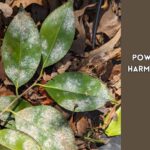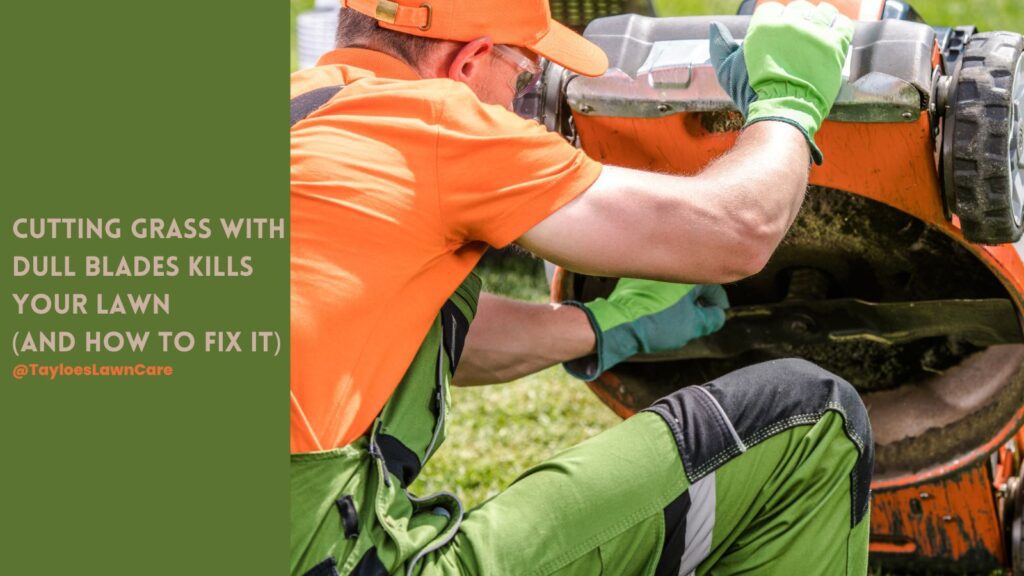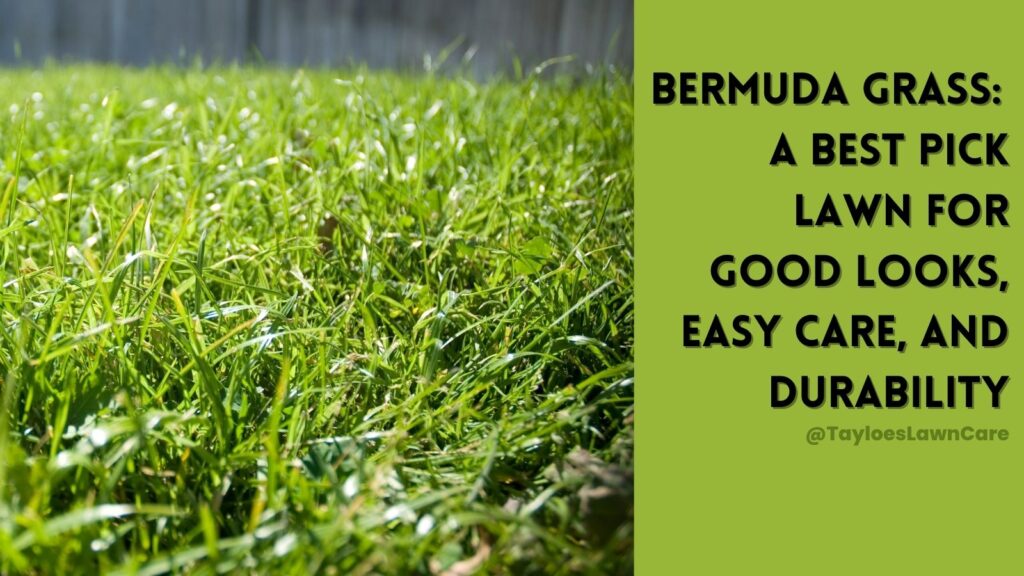Last Updated on: 17th July 2024, 07:24 am
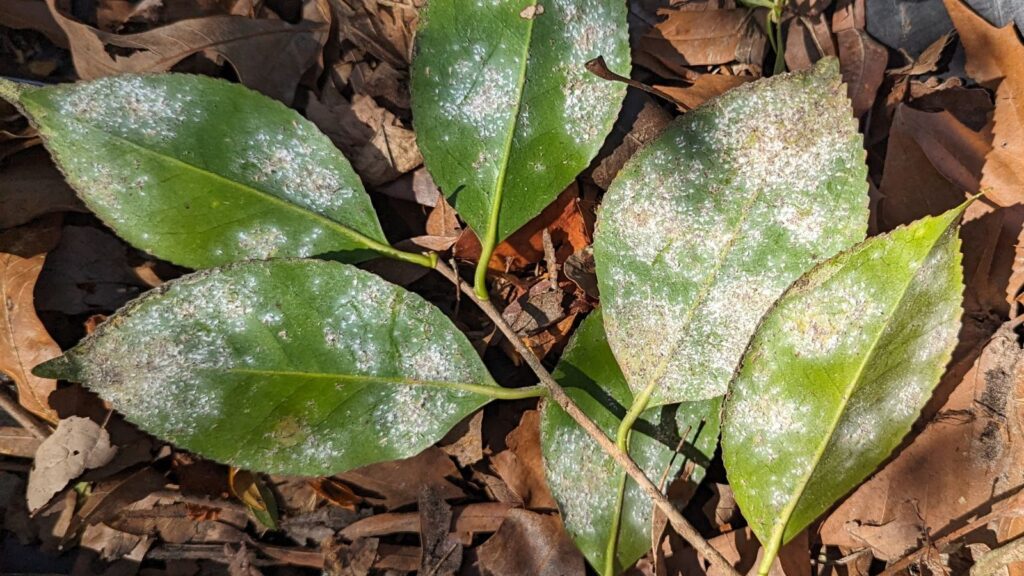

Here’s how powdery mildew can harm your lawn and garden beds.
Powdery mildew. It’s one of those garden ailments that you might overlook until it spreads, leaving a telltale whitish, powdery residue on your plants.
If you’ve been noticing these signs and scrambling to Google for answers, you’re already on the path to recovery.
This common fungal issue doesn’t have to spell disaster for your greenery.
In this post, we’ll break down how to effectively identify, treat, and prevent powdery mildew.
Whether you’re nurturing a few houseplants or overseeing a full garden, these practical, easy-to-apply strategies will help.
Ready to reclaim the health of your plants?
Let’s dive right in! First things first.
Think about the plants you cherish in your garden.
The roses that brighten corners, the cucumbers climbing up their trellises, the oak leaves that canopy overhead—how do they occasionally end up cloaked in a ghostly dust when no one has touched them?
The answer is powdery mildew.
Powdery mildew is like an unwelcome whisper across your garden.
At first, it’s just a few small, white spots—barely noticeable. But as it gets to know your plants better, spreading across their leaves, stems, and buds, it starts to stand out.
That’s powdery mildew, the fungal disease that thrives in both warm, dry climates and high humidity. It embeds itself on your plants, becoming a noticeable barrier that hinders photosynthesis and weakens their vitality.
But… “How exactly does this garden foe take hold and begin to spread its influence across my garden?” You ask.
Well, here is the thing.
Powdery Mildew Fungi Spreads
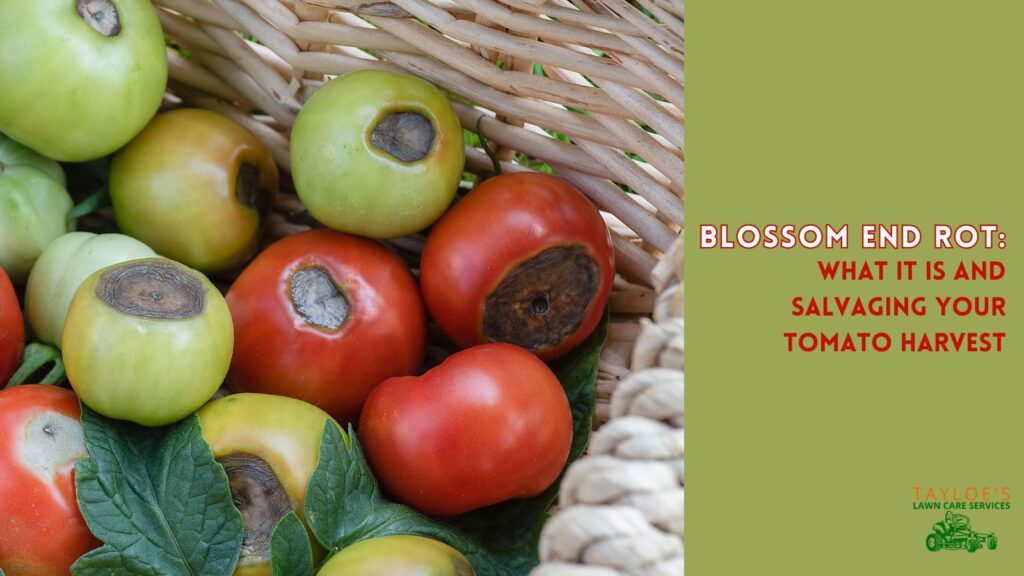

Powdery mildew spores are master hitchhikers!
They travel effortlessly through the air, catching a ride on the slightest breeze or even hitching a lift on passing insects.
Before you know it, what started as a few isolated spots on a single plant can escalate into an all-out epidemic in your garden, jumping from plant to plant.
The remarkable aspect of these spores is their ability to germinate on dry surfaces–unlike many fungi that require moist environments.
This unique characteristic allows them to flourish even under less-than-ideal moisture conditions.
As the spores settle on your plants, they exploit the microclimates of high humidity often found in the under-leaves or shaded areas of the garden.
This uncanny ability to adapt and thrive in varied conditions makes powdery mildew a formidable opponent to even the most vigilant gardeners.
Now that you know how powdery mildew spreads and why it can be such a challenge to control, let’s take a look at the specific signs to watch for. Early detection is your best defense against this pervasive garden pest.
Powdery Mildew Symptoms
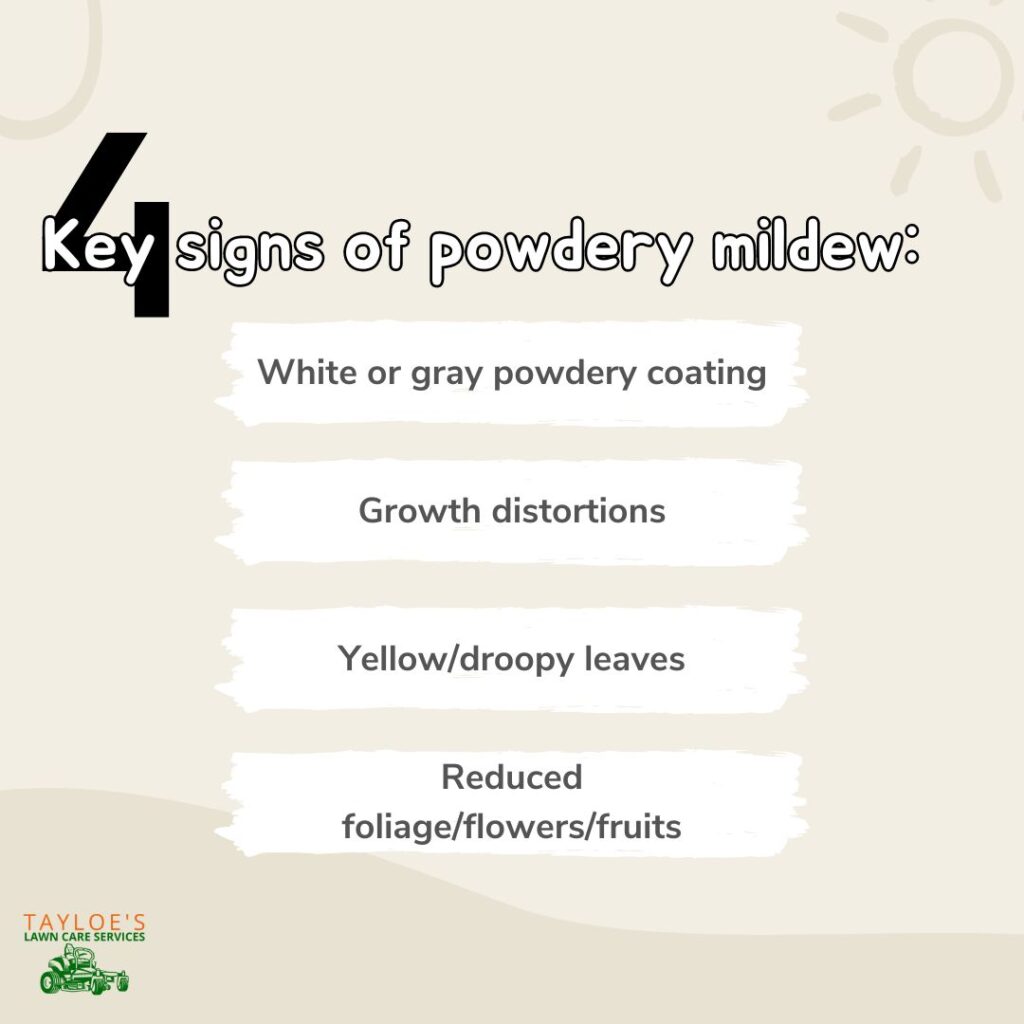

Here’s how to identify common powdery mildew species:
White or Grayish Powdery Coating: Initially, you might find small white or grayish spots on the tops of leaves that look like a dusting of flour. As the infection worsens, these spots can expand and merge, covering larger leaf surface areas.
Distorted Growth: Infected plants often exhibit twisted, warped, or otherwise deformed leaves. New growth is particularly vulnerable and can appear stunted or distorted due to the fungus.
Yellowed Leaves and Dropped Foliage: As powdery mildew progresses, the affected leaves may turn yellow and dry out, leading to premature leaf drop. This not only impacts the plant’s appearance but also its overall health, as fewer leaves mean less capability for photosynthesis.
Reduced Flowering and Harvest: A severe infection can diminish blooming and significantly reduce yields for flowering plants and vegetables, affecting both the beauty of your garden and your harvest.
Powdery Mildew Infection Prevention Strategies


Creating an environment that’s hostile to powdery mildew involves several proactive steps:
Choose Resistant Varieties: Start right by selecting plant varieties that are resistant to powdery mildew. Many nurseries label plants with their resistance to common diseases, so keep an eye out for these when purchasing new plants.
Optimize Plant Placement: Sunlight is a natural enemy of powdery mildew. Plant your garden in areas that receive plenty of sunlight throughout the day. If some parts of your garden are unavoidably shady, be extra vigilant with plants in those areas.
Ensure Good Air Circulation: Crowded planting can create humid microclimates ideal for the growth of powdery mildew. Space your plants adequately for enhanced ventilation. Regularly prune dense foliage to help air flow freely among leaves and branches.
Manage Humidity and Watering Practices: Water your plants in the morning to ensure that foliage has time to dry out during the day. Avoid overhead watering as much as possible to minimize moisture on the leaves. Instead, use drip irrigation or soaker hoses.
Maintain Soil Health: Healthy soil is the foundation of a healthy garden. Enhance soil health by incorporating organic matter like compost, which improves soil structure and increases nutrient availability. Healthy soils support stronger plants that are more resistant to diseases including powdery mildew. Be sure to test your soil regularly to ensure it has the right pH and nutrient balance to support your plants.
Keep Your Garden Clean: Regularly remove fallen leaves and debris, which can harbor powdery mildew spores. End-of-season cleanup is particularly important to prevent the fungus from overwintering and causing problems in the next growing season.
Regular Inspection and Early Intervention: Regularly check your plants for the early signs of powdery mildew.
If you spot any symptoms of this disease, treat your plants immediately with an appropriate fungicide or home remedy to prevent the spread.
Get Rid of Powdery Mildew Spores
Even with the best preventive measures, powdery mildew might still appear in your garden. Here’s how you can tackle an outbreak:
Immediate Isolation: If possible, isolate the affected plant to prevent the spread of spores to other areas of your garden.
Remove Infected Parts: Prune and dispose of any affected dead or diseased foliage; handle plant debris gently to avoid shaking spores loose.
Increase Sun Exposure: If possible, trim surrounding foliage to increase sunlight penetration, which helps to naturally combat powdery mildew. If the plant species tolerates the sun, place it in a sunnier spot. More sunlight can help dry out the moisture that powdery mildew thrives on.
Organic Fungicides: Apply organic fungicides like neem oil, sulfur, or potassium bicarbonate solutions. These can kill the fungus without harming beneficial insects or the environment. Be sure to follow application guidelines closely for the best results.
Home Remedies: Create a homemade powdery mildew fungicide by mixing 1 tablespoon of baking soda, 1/2 teaspoon of liquid soap (to help it stick), and 1 gallon of water. Spray this solution on your plants once a week and after any rainfall, which can wash the solution away.
Milk Spray: Surprisingly, milk has fungicidal properties that can help control powdery mildew. Mix one part of the milk with two parts of water and spray on the affected plants. The proteins in the milk react with sunlight, creating a natural antiseptic effect that is harmful to the fungus.
Vinegar Solution: A mild solution of vinegar can help eliminate mildew. Mix 3 tablespoons of apple cider vinegar with a gallon of water and spray on the plants. This should be used sparingly as vinegar can also harm plants if used too frequently or in strong concentrations.
Garlic Spray: Garlic is a natural fungicide. Crush a few garlic cloves, mix with water, let it steep overnight, then strain and spray on the plants. The strong scent is also great for deterring pests.
And there you have it: All you need to keep your plants mildew-free.
But before we wrap it up, let’s clear any uncertainties remaining on your path to a thriving garden.
Expert Answers to Your Powdery Mildew FAQs
What is the main cause of powdery mildew?
Powdery mildew is primarily caused by various fungal species, each targeting specific plants. The most common fungi responsible include Podosphaera xanthii in cucurbits and Erysiphe cichoracearum on sunflowers and lettuce. Conditions that favor the growth of these fungi include high humidity and moderate temperatures, typically ranging from 60-80 ℉. Overcrowded plants also contribute to the spread of powdery mildew.
What kills powdery mildew fast?
Fungicides are the most effective way to control powdery mildew rapidly. Products containing sulfur, potassium bicarbonate, or neem oil can be particularly fast-acting. Applying this powdery mildew treatment at the first sign of mildew is the key to success.
For severe infections, systemic fungicides, which are absorbed by the plant and can protect new growth, may be necessary.
Always follow label directions for effective and safe use.
What is the natural enemy of powdery mildew?
Natural enemies of powdery mildew include various biological fungicides and beneficial microorganisms. One of the most effective is Ampelomyces quisqualis, a naturally occurring parasitic fungus that infects powdery mildew fungi. Another beneficial agent is Bacillus subtilis, a bacterium that colonizes the plant’s surface and competes with the mildew for space and nutrients, thereby inhibiting its growth.
What plants species are resistant to powdery mildew?
Certain plant varieties have been bred for resistance to powdery mildew. For instance, vegetable plants like squash, lettuce, cucumbers, and other less susceptible plants resist powdery mildew development.
Can I treat powdery mildew spread?
Yes, plants can recover from powdery mildew, especially if treated early and effectively. Removing affected plant parts, improving air circulation, and reducing leaf wetness are crucial steps in recovery. Most powdery mildew fungi respond well to fungicidal treatments.


Winning the War: Controlling Powdery Mildew and Saving Infected Plants
Now that you’re armed with knowledge and tactics to combat powdery mildew, it’s time to roll up your sleeves and dive into your garden.
Remember, the first step is always the most critical: inspect your plants regularly.
Imagine the satisfaction as you watch your plants thrive, free from seeing powdery mildew fungi grow.
So, take a deep breath, and let’s get those hands dirty. Your garden shows off your hard work—nurture it, and it will flourish.
Tayloe’s Lawn Care Services: Here to Help You With Healthy Lawn and Plant Growth
Need help solving a lawn or garden problem? Tayloe’s Lawn Care Services, LLC has common-sense solutions that can help prevent powdery mildew and other plant diseases. We are NC State Certified in Lawn and Garden Ornaments. We are based in Aulander, NC, and serve clients in either Hertford or Bertie County, NC. Call us at 252.287.3376.
Author Profile


- Maureen Abuor
- Maureen Abuor is a professional content marketing strategist and SEO strategist, with particular knowlege of creating landscaping and gardening content that informs and delights her audience. When she's not working, she's a busy mother of three precious little ones and child of God.


